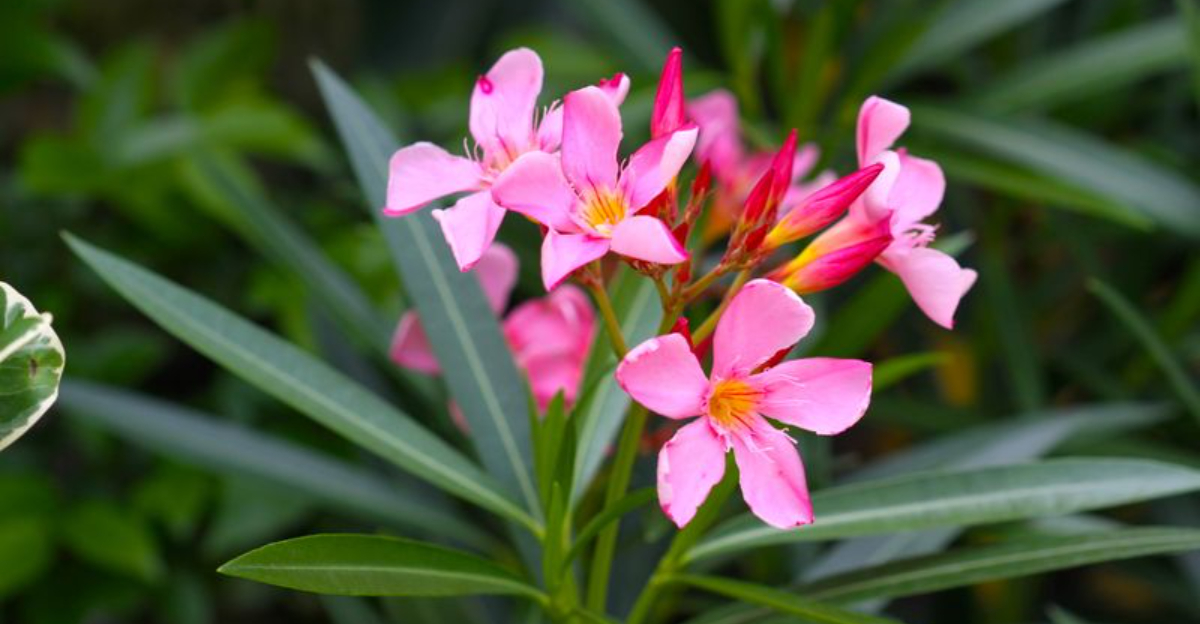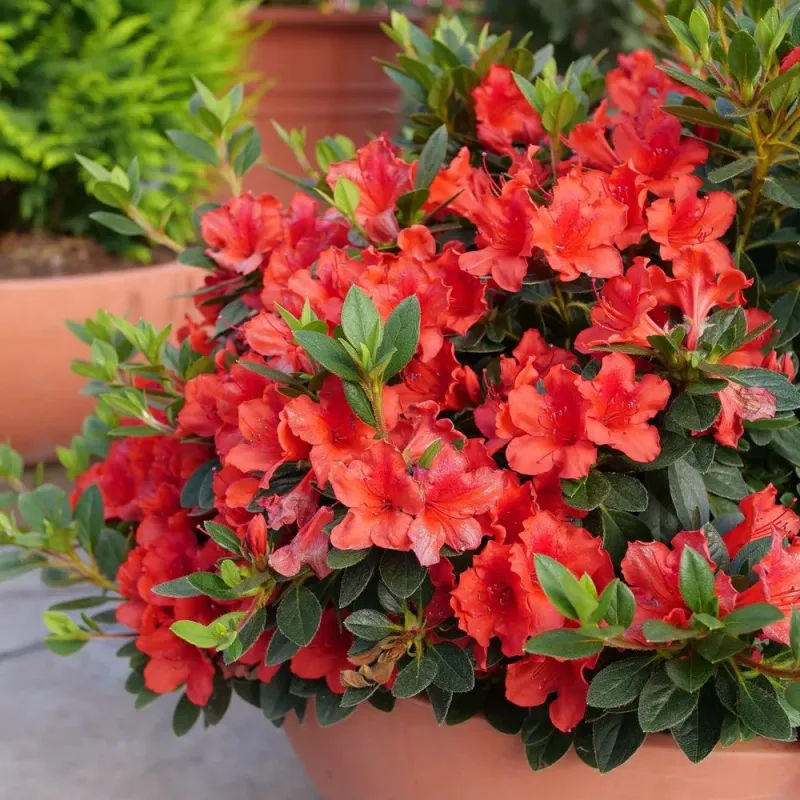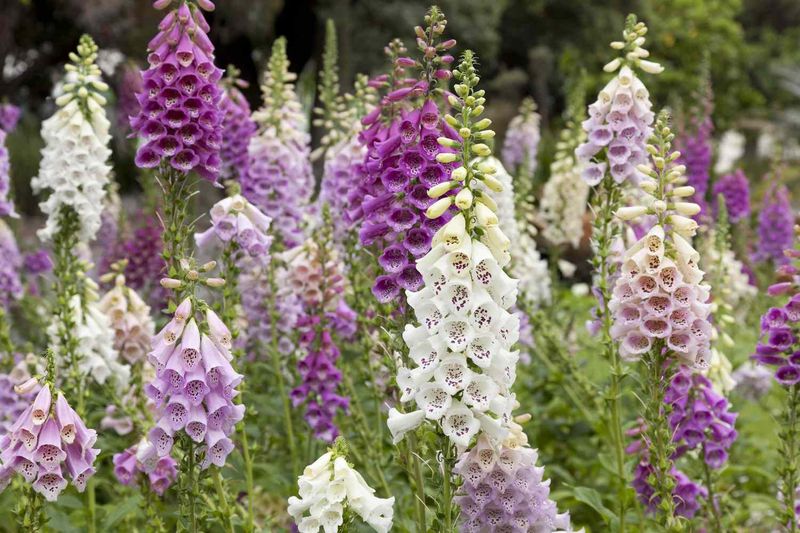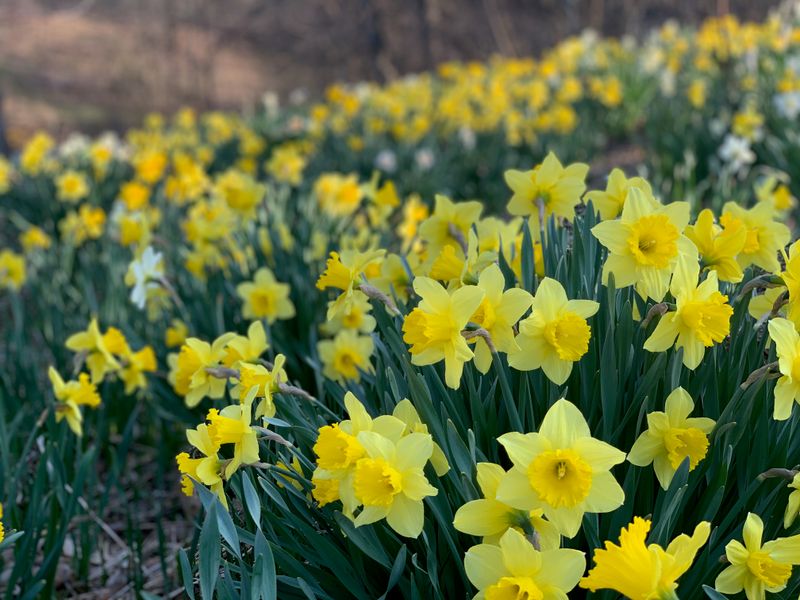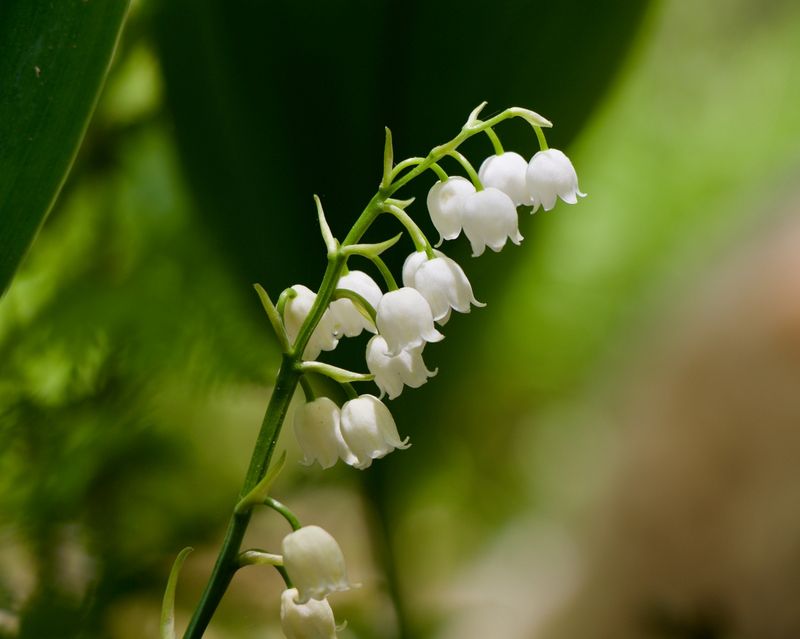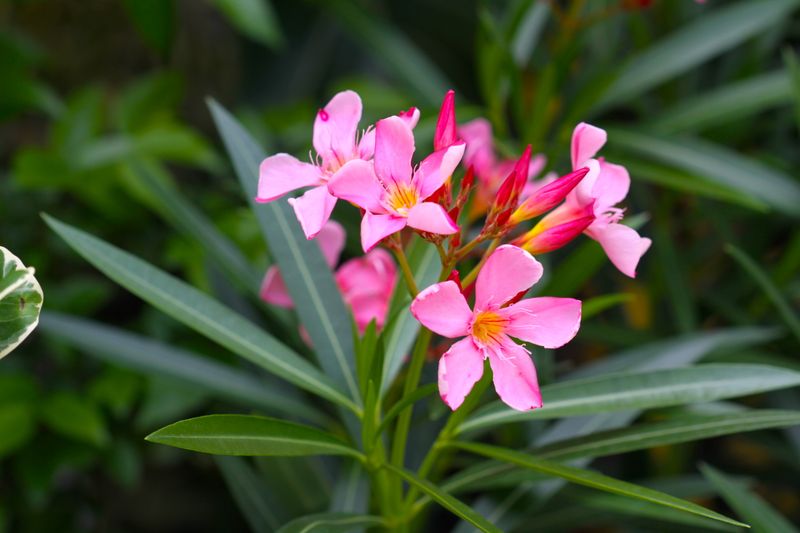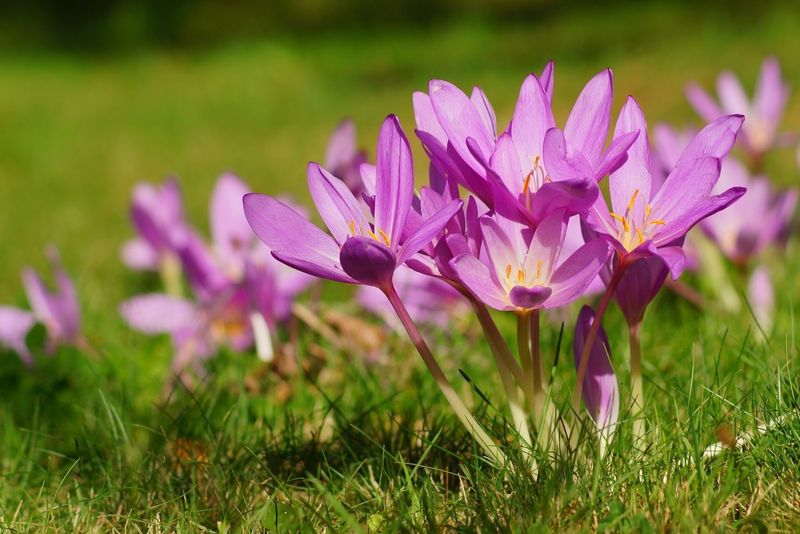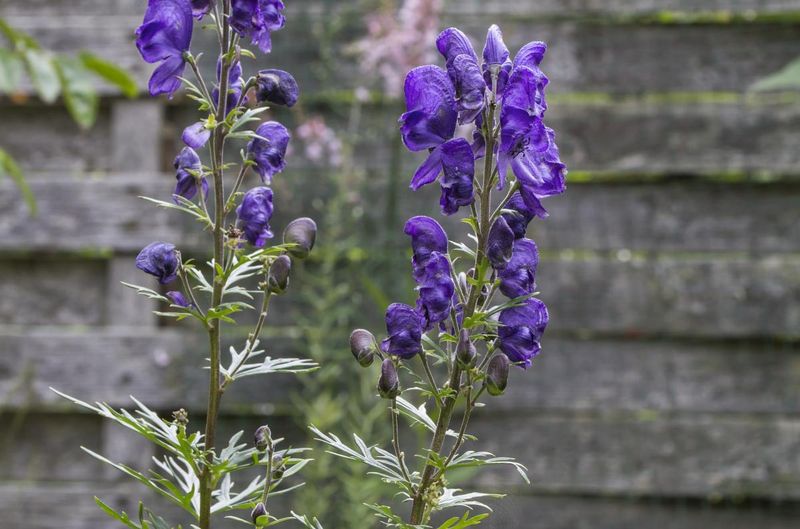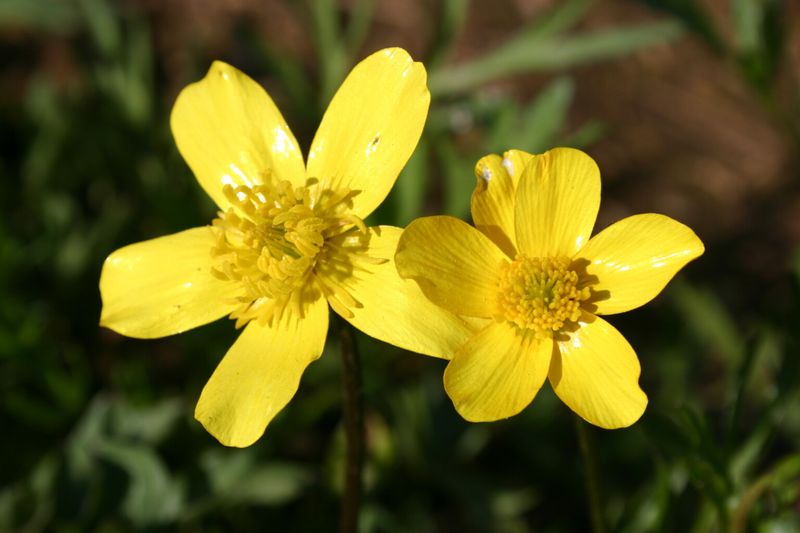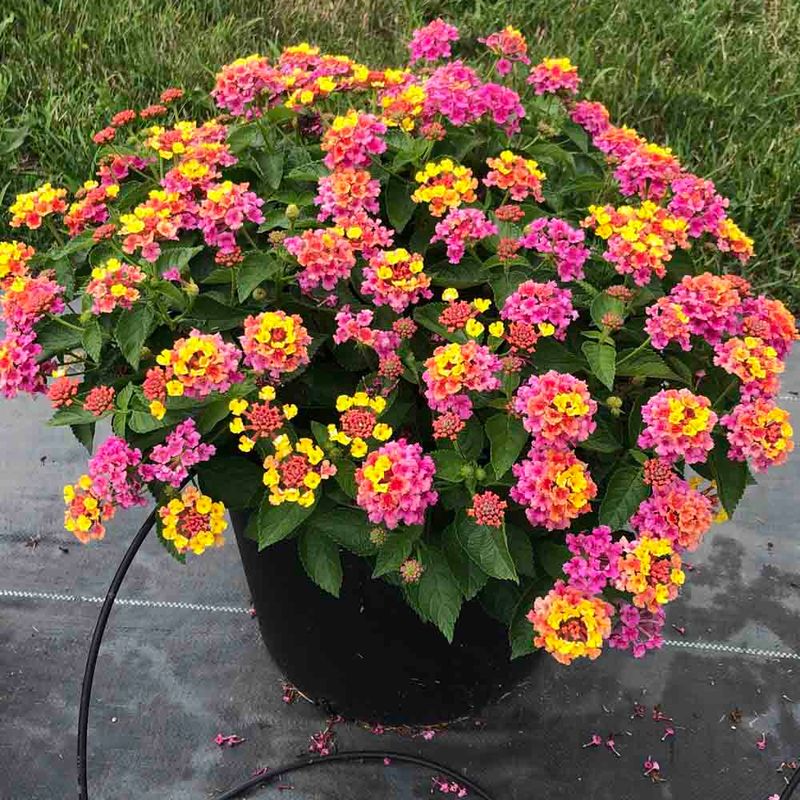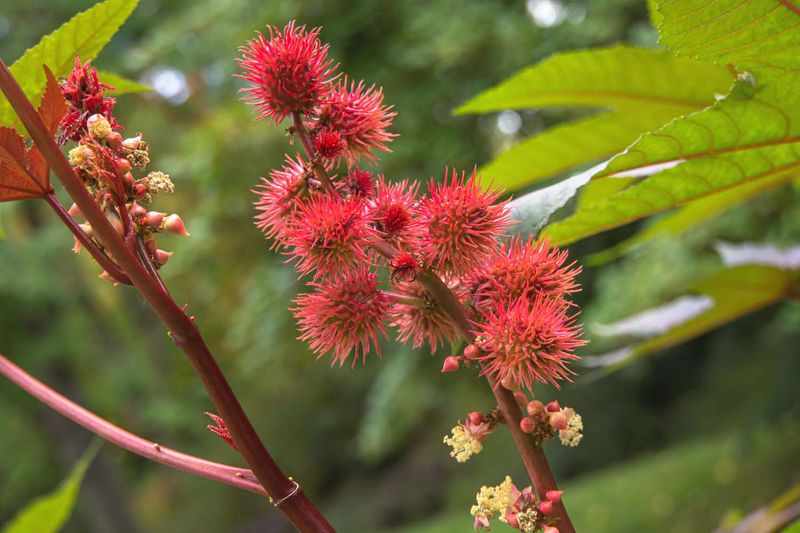Hummingbirds bring vibrancy and joy to gardens. However, certain attractive plants might be unintentionally harming these delicate creatures.
Here’s a look at ten such plants that, despite their beauty, could be detrimental to your hummingbird haven.
1. Azalea
Azaleas offer a stunning display of colors, ranging from pinks to purples. These flowering shrubs can brighten any garden. Unfortunately, azaleas contain grayanotoxins, toxic to many animals, including hummingbirds.
The toxins reside in the leaves and flowers, posing a threat when ingested. Hummingbirds may find themselves attracted to the vibrant blooms, unaware of the danger.
Gardeners should ensure a safe environment by selecting azalea varieties specifically bred to be less toxic or by planting other flowering shrubs that are harmless to wildlife.
2. Foxglove
Foxglove, with its towering spikes of tubular flowers, adds vertical interest to gardens. The flowers attract hummingbirds but contain digitalis, a potent toxin. Digitalis affects the heart, making it dangerous for these small birds.
Hummingbirds are drawn to the nectar within the bell-shaped flowers, increasing their risk of exposure. Garden enthusiasts should remove foxglove or opt for non-toxic alternatives. By providing safer plants, you help maintain a vibrant, healthy space for your feathered visitors.
3. Daffodil
Daffodils are springtime staples, offering cheerful yellow blooms. While beautiful, they are poisonous to hummingbirds. The plant contains lycorine, a toxic alkaloid. These toxins are present in the bulbs and flowers.
Hummingbirds visiting your garden might sip from these blossoms, unknowingly ingesting harmful substances.
To protect your hummingbird population, consider replacing daffodils with other spring flowers that offer similar charm without the risk. Ensuring a safe environment encourages these delightful creatures to visit often.
4. Lily of the Valley
Lily of the valley enchants with its delicate white bells and sweet fragrance. However, its beauty masks a dangerous secret: all parts are highly toxic, including to hummingbirds.
The plant contains cardiac glycosides, which can disrupt the birds’ heart function. Despite their attraction to the flowers, hummingbirds are at risk with every sip.
Gardeners should be mindful of this risk, opting for safer floral options. Cultivating a garden that’s as safe as it is beautiful ensures a thriving habitat for hummingbirds.
5. Oleander
Oleander is a Mediterranean beauty that thrives in warm climates. Its clusters of pink, white, or red flowers make it a garden favorite. However, all parts of the oleander plant are toxic, and the nectar can harm hummingbirds.
The plant contains cardiac glycosides, which can affect the delicate systems of these birds. As hummingbirds hover to sip nectar, they may ingest these harmful compounds.
For gardeners, it’s crucial to consider alternatives that offer similar beauty without the risk. Choosing non-toxic plants ensures a safe haven for hummingbirds in your garden.
6. Autumn Crocus
The autumn crocus is a late-season bloomer with stunning purple petals. Although visually appealing, it’s a threat due to colchicine, a toxic compound. This substance affects cells and can be lethal to small creatures like hummingbirds.
During fall, when food sources dwindle, these blooms may seem inviting. Consider removing autumn crocus from your garden and replacing them with non-toxic fall-blooming varieties. This ensures hummingbirds have a safe food source as they prepare for migration.
7. Monkshood
Monkshood, known for its rich blue flowers, is a striking garden plant. Sadly, it’s one of the most toxic. Aconitine, the toxin found in monkshood, poses risks to hummingbirds.
The plant’s allure might draw these birds closer, but the danger lies within the nectar and foliage. Hummingbirds feeding on monkshood could ingest harmful substances.
Removing monkshood from your garden or substituting with non-toxic plants ensures a safer environment. Protect your hummingbird visitors by making informed choices in plant selection.
8. Buttercup
Buttercups might look cheerful, but they contain toxic compounds called protoanemonin. When ingested, these can cause nausea and skin irritation in hummingbirds.
These plants often go unnoticed as threats due to their small size and common presence in gardens.
They can disrupt the digestive system of small birds. Consider removing Buttercups and planting non-toxic flowers to ensure the safety of your hummingbirds.
9. Lantana
Lantana offers a burst of color with its multi-hued flowers. Despite its visual appeal, it’s toxic to hummingbirds, particularly the berries.
These toxins can cause digestive issues and more. Hummingbirds might be drawn to lantana’s vivid blooms, increasing their risk of exposure.
Consider choosing non-toxic flowering plants that provide color and safety. By replacing lantana, you create a secure environment where hummingbirds can thrive without harm.
10. Castor Bean Plant
The castor bean plant is known for its bold foliage and exotic appearance. However, it harbors ricin, a highly toxic compound. This potent toxin can be fatal, posing a significant risk to hummingbirds.
The plant’s seeds, leaves, and stems carry dangers for any creatures that ingest them. Opt for safer plants that offer similar dramatic foliage without the risk.
Creating a garden free from hazardous plants is key to safeguarding the delicate hummingbirds that grace your space.
